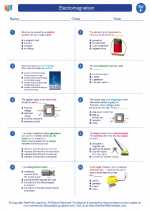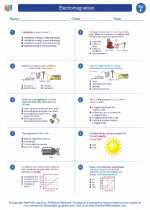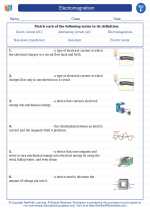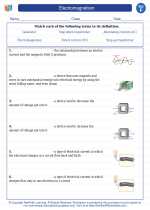Dust
Dust is a collection of small particles that can be found in the air and on surfaces. These particles can come from a variety of sources, including soil, pollen, skin cells, and pollutants. Dust can have a significant impact on air quality, human health, and the environment.
Sources of Dust
There are several sources of dust, including:
- Soil and Ground: Dust can be generated from soil erosion, construction activities, and agricultural practices.
- Indoor Sources: Dust can also come from indoor sources such as skin cells, pet dander, and dust mites.
- Outdoor Sources: Industrial processes, vehicle emissions, and natural sources such as pollen and mold can contribute to outdoor dust.
Composition of Dust
Dust particles can vary in size and composition. They may contain a mixture of organic and inorganic materials, such as minerals, metals, and biological matter. The composition of dust can vary depending on its source and location.
Effects of Dust
Dust can have several effects on the environment and human health, including:
- Air Quality: High levels of dust can reduce air quality and contribute to respiratory problems.
- Environmental Impact: Dust deposition can affect soil fertility, water quality, and plant health.
- Health Risks: Inhalation of dust particles can lead to allergies, asthma, and other respiratory issues.
Managing Dust
There are several strategies for managing dust, including:
- Dust Control Measures: Implementing dust control measures such as using barriers, wetting surfaces, and using dust collection systems.
- Cleaning Practices: Regular cleaning of indoor surfaces and HVAC systems can help reduce dust accumulation.
- Regulations and Policies: Government regulations and policies can help control dust emissions from industrial and construction activities.
Study Guide
Here are some key points to remember when studying the topic of dust:
- Identify the sources of dust and how they contribute to indoor and outdoor dust levels.
- Understand the composition of dust and the types of materials that can make up dust particles.
- Explain the effects of dust on air quality, human health, and the environment.
- Discuss strategies for managing and controlling dust, including dust control measures and cleaning practices.
- Consider the role of regulations and policies in addressing dust pollution.
By understanding the sources, composition, effects, and management of dust, you can gain a comprehensive understanding of this important environmental and health issue.
.◂Science Worksheets and Study Guides Sixth Grade. Electromagnetism

 Activity Lesson
Activity Lesson
 Worksheet/Answer key
Worksheet/Answer key
 Worksheet/Answer key
Worksheet/Answer key
 Worksheet/Answer key
Worksheet/Answer key
 Vocabulary/Answer key
Vocabulary/Answer key
 Vocabulary/Answer key
Vocabulary/Answer key
